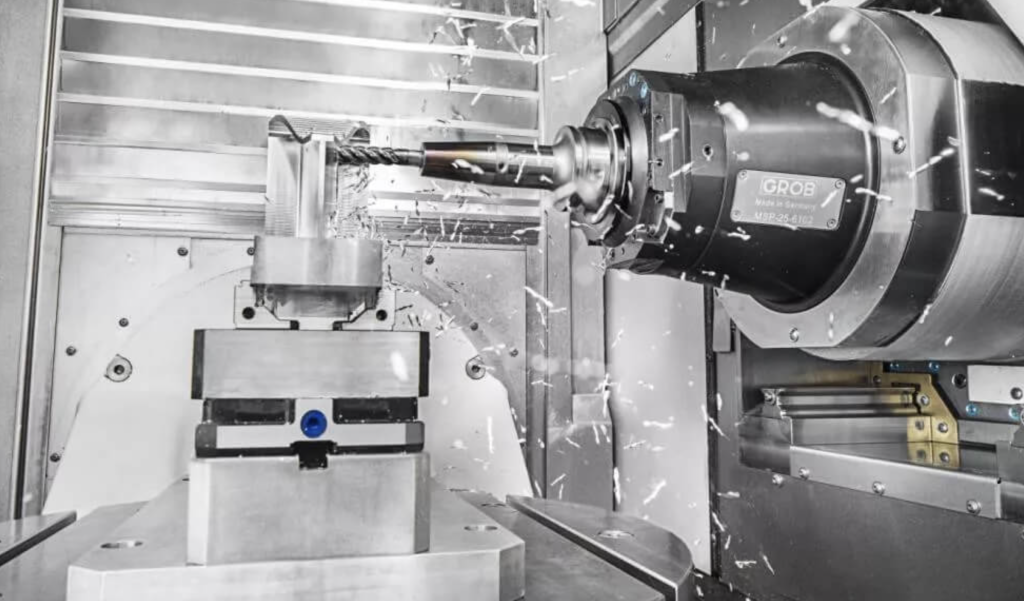Commonly used in manufacturing and industry, CNC or computer numerical control is now available worldwide. This is a type of subtractive manufacturing process seen as a contrasting variant to additive processes like formative or 3D printing processes.
As a general idea, subtractive processes work by removing layers off of the workpiece to add necessary customizations. This is one of the preferred methods as the best CNC machining company for product development helps achieve great accuracy and cost efficiency. Here is all you need to know about how it works.
The definition and outline
The process of CNC machining makes use of computerized tools and controls to shed off material from a stock piece referred to as a blank. This allows the production of a custom product as required by the industries that seek the services. Broadly speaking, a typical CNC process includes the following 4 stages.
- Designing a model
- Converting the CAD model into a CNC program
- Preparing your machine
- Executing CNC machine operation
In the first step, the model thus designs is often a 2D vector or 3D solid part CAD to assist the team in production. This helps them keep track of and adhere to the features of the object like dimensions, etc. Then, the CAD format file is run through CAM software to deduct data on the geometry and come up with a digital programming code. This code plays a crucial role in choosing how the tooling produces the custom parts. This CNC program is also the one that instructs the CNC machine.
Types of CNC Machining
This manufacturing process is greatly suited for many popular industries of date, mainly large-scale ones involving heavy entities. This includes automobiles, construction, aerospace, etc. They help mainly in processes that focus on improving and altering the specified parts to meet the needs imposed by the functions.
There are many machining processes that rely on this system including mechanical, chemical, thermal, and electrical processes. However, the most common ones that are worth mentioning include:
1. CNC drilling:
This method uses a range of multi-point drill bits. These bits create holes in your workpiece by feeding the rotating drill perpendicular to the plane of the surface of your workpiece. The holes thus produced are vertically aligned in most cases.
2. CNC milling:
This machine process makes use of multi-point cutting tools that take out workpiece material. In milling, the cutting tool is provided with the workpiece in a direction same as that of the rotation on the cutting tool. In the other simpler variant where the milling is manual, feeding happens in the opposite direction. This process allows cutting up shallow or flattened surfaces and cavities onto your workpiece.
3. CNC turning:
Here, a single-point cutting tool is used to remove material from a workpiece that is constantly rotating. The machine feeds the tool linearly on the rotating workpiece, taking off material along its circumference upon rotation.
Desktop CNC Machines
Popular manufacturing companies provide smaller lightweight CNC machines, which are suited for desktop placement. They help in better processing of smaller softer materials, with better precision. Though they tend to be slower than your general CNC machine, their lightweight feature makes them very practical. Commonly used CNC desktop machines include CNC lathes, laser cutters, and milling machines.
Conclusion
With manufacturing processes becoming more complex with every passing day, improved knowledge of how these machines work should definitely help you get an advantage with your business and marketing. Having learned about the basics of CNC machining systems, you should now be able to choose if CNC machining is an optimal solution for your cause.




